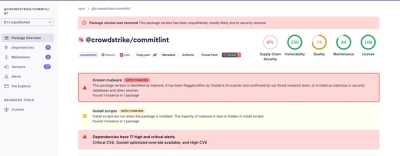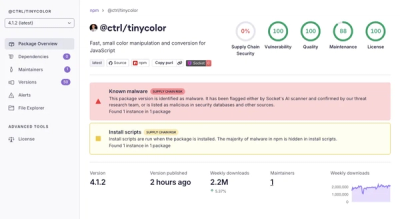Amphora AMP HTML


The AMP HTML Format renderer for Clay components.
Install
$ npm install --save amphora-amp
Integration
Basic Configuration
First, ensure that you have a compatible version of Amphora installed (v3.x or greater) and require amphora-amp at the from wherever you are running Amphora.
const amphoraAmp = require('amphora-amp');
Component Rendering
To make a Clay component renderable for AMP HTML, add a amp.template.hbs file to your component's directory. Additionally if you need to include styles for your component you will need to add an amp variation of your component in your public/css directory which will be inlined similarly to how CSS is inlined for amphora-html. An example directory structure might look like:
components
clay-paragraph
amp.template.hbs
public
css
clay-paragraph_amp.css
Handlebars Helpers
Similar to amphora-html, if your templates require any custom Handlebars Helpers you can register them with the renderer's Handlebars instance. Simply pass in an object whose keys are the names of your helpers and whose values are the helper themselves. Like so:
const helpers = {
'nameOfHelper': () => {
return 'foobar';
}
};
amphoraAmp.addHelpers(helpers);
Register Amphora AMP with your Amphora Instance
Now that you have registered any helpers you can register your renderer with Amphora. Registering consists of providing a renderers object whose keys are the extension of an HTTP request and whose values are the renderer.
return amphora({
app: app,
renderers: {
amp: amphoraAmp,
html: amphoraHtml,
default: 'html'
},
providers: ['apikey', amphoraProvider],
sessionStore: redisStore,
plugins: [
amphoraSearch
]
});
This will allow you to render when the extension is explicitly specified (i.e. using a URL like example.com/article.amp), if you want to have other routes render using the AMP renderer you will need to create routes in your Express app which include the :ext param (see the amphora rendering logic) for how the determination of which extension is considered for a route. An example of an Express route with this format would be:
var express = require('express');
var app = express();
app.get('/:ext/article/:name', ...);
So that if we hit a URL like example.com/amp/article/article.html it will serve using the AMP renderer.
Contributing
Want a feature or find a bug? Create an issue or a PR and someone will get on it.



